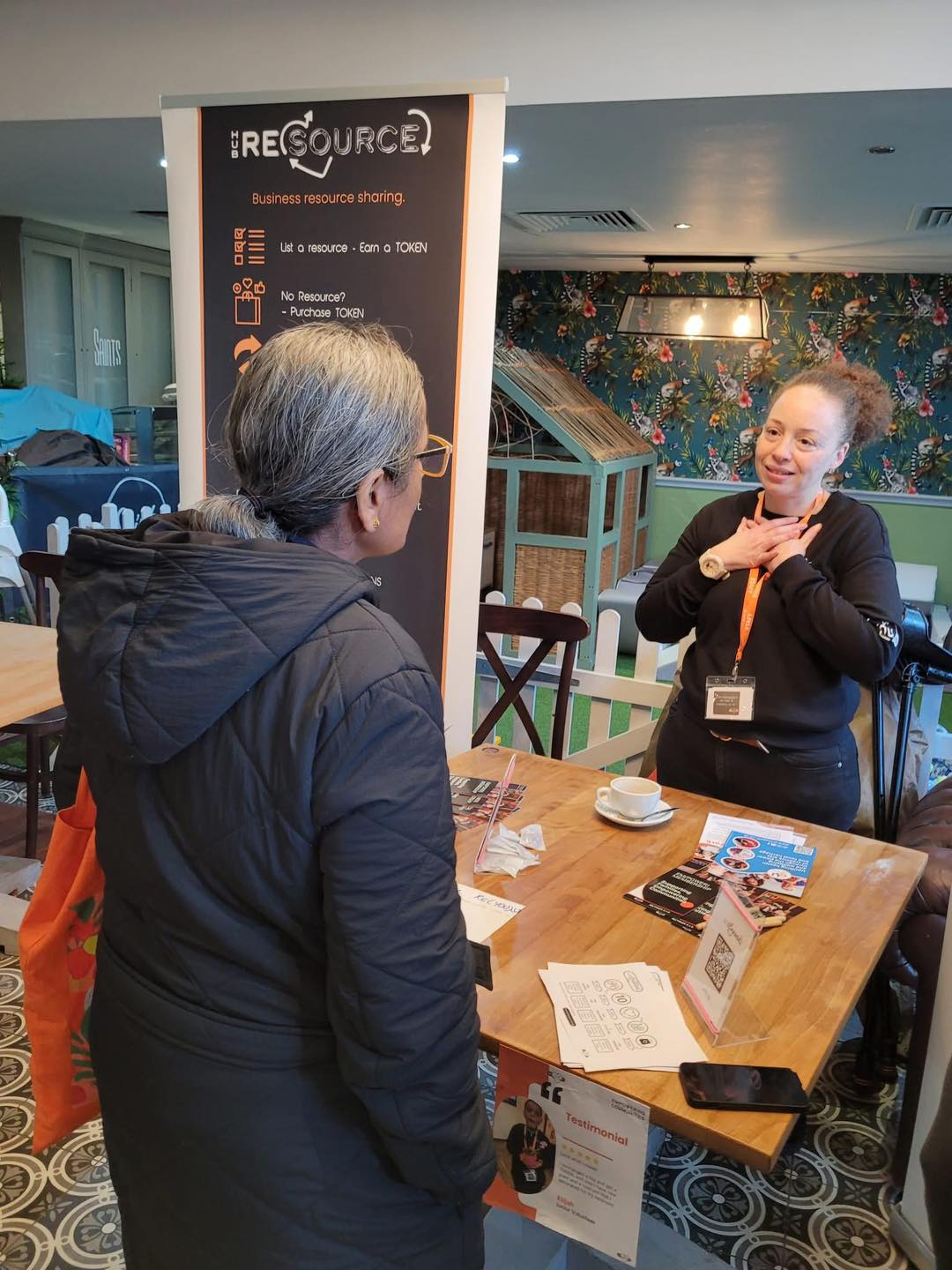Case study and advice from a previous participant
When I applied for the Open Business Creators Fund, it was about much more than money. It was a chance to think deeply about my idea for RE(YOU)S CIC and build a business model that works in the real world. I wanted my social enterprise to have a real impact and last long-term.
The OBC helped me move from “I’ve got a great idea” to “this is how it works.”
Here’s how I approached the Business Model Canvas (BMC) process in a clear, step-by-step way that might support you, too:
Step 1: Start With Your Mission
Before you fill anything in, pause and ask yourself:
●
What problem am I trying to solve?
●
Who am I helping?
●
What positive change do I want to see?
It was about helping people and businesses share resources and avoid wasteful consumer habits. Knowing this gave me a strong foundation to build the rest of my model.
Step 2: Understand Your Value
Once you know your mission, ask:
●
Why does this matter?
●
What makes it different?
●
What value are you offering to the people you support,
partners, and the broader system?
This becomes your Value Proposition; it's important to keep referring back to it. It helps guide the rest of your decisions.
Step 3: Understanding Key Activities
These are the core things your enterprise must do to stay true to your mission and keep running. To figure them out, I asked:
●
Would RE(YOU)S still work if I stopped doing this?
●
Does this directly create impact or bring in income?
●
Does this activity connect people, build systems, or
create value?
By asking these kinds of questions, I was able to see which activities mattered—and where others supported but didn’t drive the core mission.
Step 4: Spotting How People Interact
This step often gets missed. I found it helpful to look at how different people interact with RE(YOU)S:
●
How do businesses, community members, and partners take
part in what we do?
●
Are they passive recipients or active contributors?
●
What makes them feel part of the journey?
Thinking this way helped shape our systems and showed me where to create clearer roles, access points, or communications.
Step 5: Choosing Key Partners
No social enterprise exists alone. Partners help you grow, share resources, and open new opportunities.
I found it helpful to ask:
●
Who cares about the same issues as us?
●
How do we help each other?
●
What value can we offer each other beyond funding?
Partners should feel like collaborators, not just supporters.
Step 6: Mapping Channels (Communication)
Think about:
●
How will people hear about what you’re doing?
●
How will they get involved, buy in, or support you?
●
How will you keep the connection going?
Clear channels help make your model easy to engage with and avoid confusion later.
Step 7: Revenue and Sustainability
This was a big one for me. Many people expect social enterprises to rely only on grants, but that’s not sustainable.
Here’s what worked for me:
●
Creating different income streams—memberships, events,
business services.
●
Using grants like a stepping stone—not a long-term
solution.
●
Being open about why income matters and how it supports
our mission.
This helped build trust and made our model more resilient.
What the Open Business Creators Fund Allowed Us to Do
The funding helped RE(YOU)S CIC move from an idea to a functioning platform:
●
We launched the
EM(POWER) membership, giving families access to resources through a token
system.
●
We built the
RE(SOURCE) Hub, connecting surplus business resources with community needs.
●
We held more
EX(CHANGE) events, promoting sustainability and community sharing.
●
We strengthened
our internal systems so we didn’t need to rely on grants to keep going.
What I Learned (and Advice for Applicants)
Use the process
to learn.
Even if you don’t win the grant,
building your BMC will help you understand your enterprise better.
Keep things
clear and connected.
Every part of your model should link
to your mission; if it doesn’t, ask why it’s there.
Plan for
long-term sustainability.
Build a model that can keep going
without always needing a grant.
Expect to be
misunderstood—clarity matters.
Social enterprises can be mistaken
for charities. Be confident in showing how your work creates value and impact.
Accept support.
The Open Business Creators team gave
helpful and fair support while keeping things clear and equal for everyone.
They guided me without giving me an unfair advantage, which helped me improve
my idea.
Final Thoughts
Applying to the Open Business Creators Fund helped me grow as a founder and sharpen RE(YOU)S as a business. The grant gave us room to breathe, but the real value came from building a model I believe in and can stand behind long-term.
If you’re thinking of applying, give yourself the gift of time and space to explore your idea properly. Start with your mission, build the rest with purpose, and stay true to your values.
The goal of the BMC is not to create a perfect plan but to show that your idea works together. It helped me think about the whole system, see how everything connects, find where value is made, and make sure the business can run on its own.
You’re not just building a business—you’re shaping change. And that matters.



